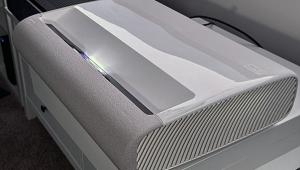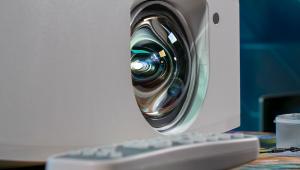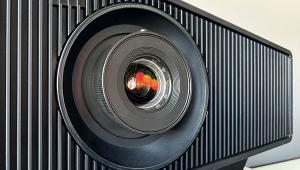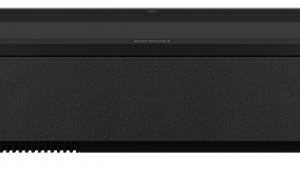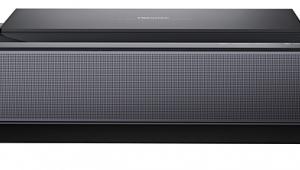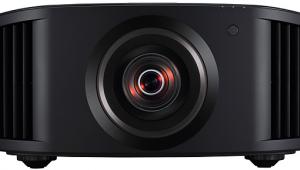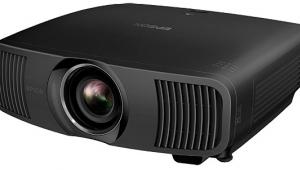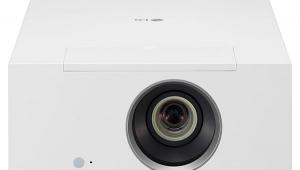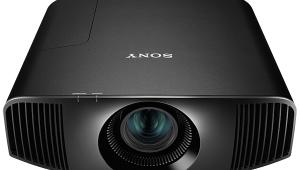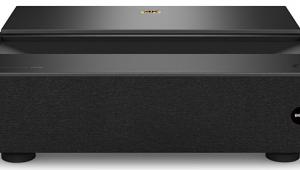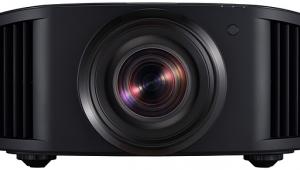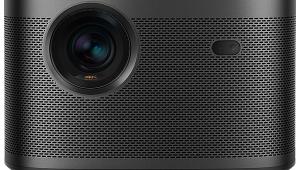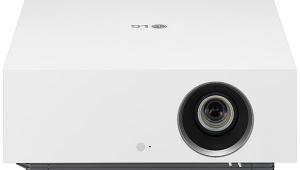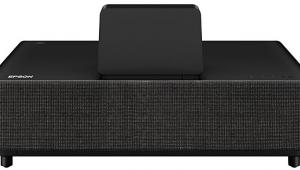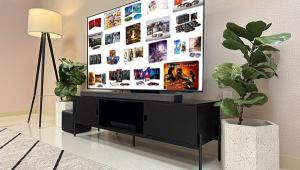Epson PowerLite Pro Cinema 9500 UB LCD Projector Settings
Unit-to-unit sample variations, the viewing environment, and the source might render these recommendations less than optimum. They are provided only as a potentially useful starting place.
The settings here that are most likely to translate reliably from one sample to another are those involving specific features with only a few setting options, such as Color Space, Gamma, and Noise Reduction. The ones most likely to be subject to sample variations are video controls offering a wide range of settings. This will be particularly true for color temperature (gray scale) and color management adjustments (where available).
While experimenting with the user menus controls can do no damage and can easily be reset, we do not provide settings for service menu adjustments. In any case, service menu adjustments were not used in these three reviews. Unit-to-unit sample variations, the viewing environment, and the source might render these recommendations less than optimum. They are provided only as a potentially useful starting place.
The settings here that are most likely to translate reliably from one sample to another are those involving specific features with only a few setting options, such as Color Space, Gamma, and Noise Reduction. The ones most likely to be subject to sample variations are video controls offering a wide range of settings. This will be particularly true for color temperature (gray scale) and color management adjustments (where available).
While experimenting with the user menus controls can do no damage and can easily be reset, we do not provide settings for service menu adjustments. Random alterations of service controls without detailed knowledge of what they do may corrupt a set's firmware. This will likely require extensive in-shop repairs that are not covered under the warrantee. In any case, no service menu controls were used in any of these three reviews.
We strongly recommend that you find the optimum basic video settings for your sample by using one of the many display setup DVDs that are available, such as Digital Video Essentials (DVD) or DVE HD Basics (Blu-ray). A full calibration, particularly of the gray scale and color gamut, is best left to a trained and properly equipped technician such as those certified by the Imaging Science Foundation (ISF) or THX.
We strongly recommend that you find the optimum basic video settings for your sample by using one of the many display setup DVDs that are available, such as Digital Video Essentials (DVD) or DVE HD Basics (Blu-ray). A full calibration, particularly of the gray scale and color gamut, is best left to a trained and properly equipped technician such as those certified by the Imaging Science Foundation (ISF) or THX.
Color Mode: THX
Brightness: +1
Contrast: -6
Color Saturation: +1
Tint: +2
Sharpness: Standard
Sharpness setting: Standard / 0 (centered)
Absolute Color Temperature: N/A in THX
Skin Tone: 3 N/A in THX
Advanced
- Gamma: 2.2 (see text)
- RGB: Red Offset -16, Red Gain +9, Green Offset 0
Green Gain -13, Blue Offset +12, Green Gain 0 - RGBCMY: All 0
- Contrast Enhancement : Off
- Super-resolution: 1
- Color Gamut: HDTV
Auto Iris: Normal
Setup level: 0% (N/A with HDMI)
Epson Super White: N/A with HDMI
Progressive: Auto
Frame Interpolation: Off
Noise Reduction: All Off
Epson Super White: Off
Output Scaling (overscan) 100%
Setup Level: (N/A for HDMI)
Epson Super White: Off
HDMI Video Range: Expanded
Frame Interpolation: N/A with 4:4 On (see text)
4:4 Pulldown: On (see text)
Noise Reduction: All Off
Overscan: Off
HDMI Video Range: Auto
Epson Super White: Off

